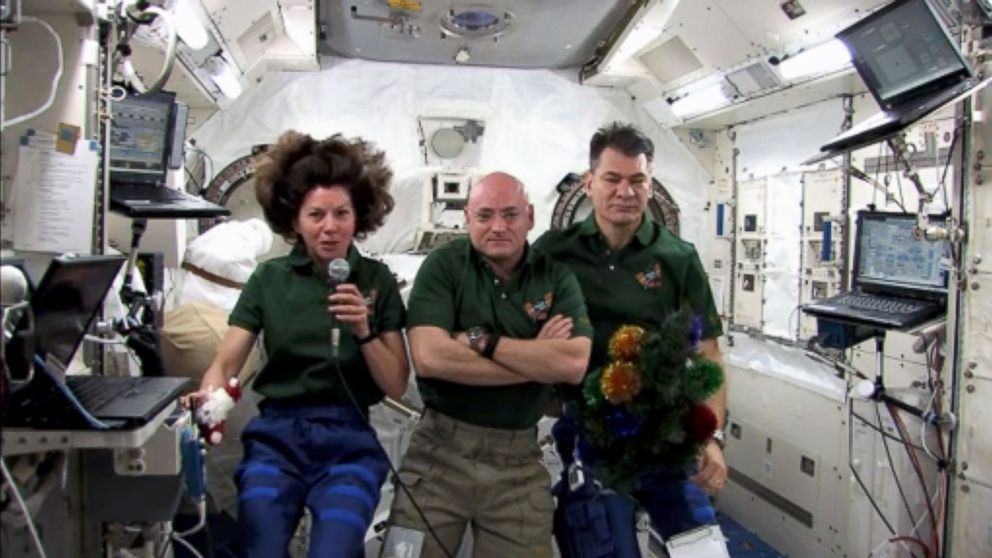Every day the Earth is exposed to ionizing radiation, high-energy waves that can destroy electrons from atoms in the body
Every day the Earth is exposed to ionizing radiation, high-energy waves that can destroy electrons from atoms in the body. High levels of exposure to ionizing radiation can lead to radiation sickness and cancer.
The magnetosphere and atmosphere of our planet prevent almost all of this radiation – generated by the sun and galactic cosmic rays from exploding stars – from reaching the earth’s surface.
At the International Space Station (ISS), which is protected by the magnetosphere but not the atmosphere, astronauts are exposed to higher levels of ionizing radiation, which increases the risk of cancer, writes Live Science.
Under current limits set by NASA in 1989, the effective dose limit for an astronaut’s entire career is based on a maximum 3% risk of lifelong cancer mortality.
This risk is assessed on a sliding scale based on age and gender, ranging from a lower occupational limit of 180 millisieverts (mSv) of radiation for a 30-year-old woman to an upper limit of 700 mSv for a 60-year-old man.
An interesting question is why there is a lower limit for radiation exposure for female astronauts than for male astronauts?
According to R. Julian Preston, Special Government Officer in the Radiation Protection Division of the United States Environmental Protection Agency, NASA’s lower radiation threshold for female astronauts is based on the following finding – when women and men were exposed to high levels of radiation for such periods of time, women had more than twice the risk of developing lung cancer than men.
“It is generally believed – based largely on the survivors of the atomic bomb in Japan – that women are more sensitive, especially to lung cancer,” due to ionizing radiation from men, said Preston, who serves on National Council committees. in Radiological Protection and Measurements.
It turns out that the research is not in vain: in 2018, the former head of the NASA astronaut team Peggy Whitson, who publicly expressed her disappointment with the radiation restrictions for women astronauts, had to retire after reaching her exposure limit. radiation at age 57.
However, NASA is expected to change its radiation exposure thresholds soon. In 2021, NASA asked an expert group convened by the National Academies of Science, Engineering and Medicine to evaluate the space agency’s plan to change the emission limit to 600 mSv for all astronauts of all ages.
This dose of 600 mSv is expressed in the exposure that the astronaut would receive during four six-month ISS expeditions. By comparison, the average annual dose of radiation received by humans on Earth is about 3.6 mSv, according to NASA, compared to 300 mSv per year on the ISS.
A possible trip to Mars will expose the astronauts to approximately 900 mSv. However, this dose is even lower than the 1000 mSv limits set by the European, Canadian and Russian space agencies for their astronauts.









